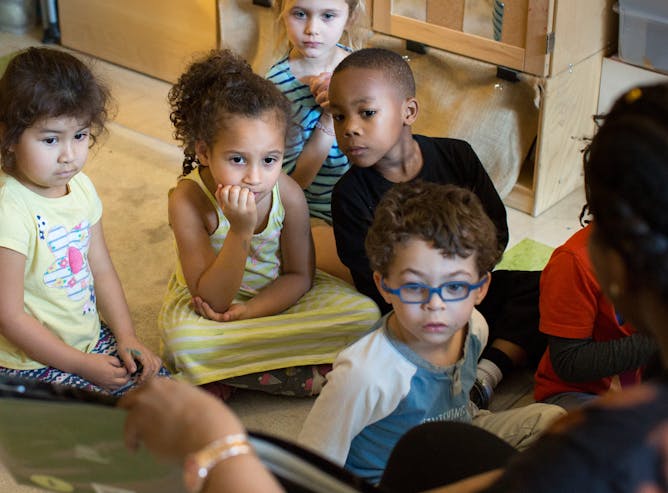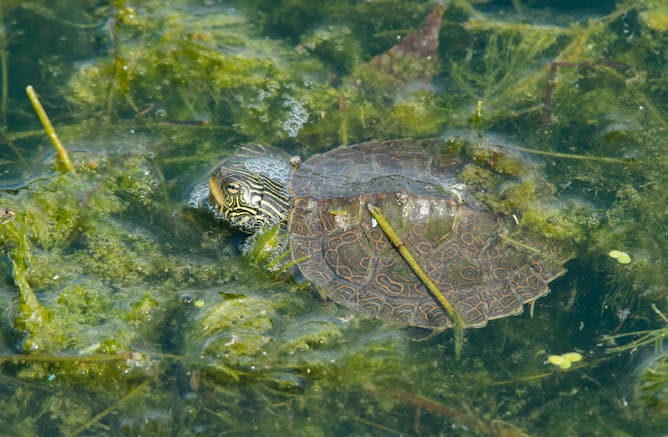|
After the James Webb Space Telescope (JWST) launched last year, it sent back incredible images of outer space. Astronomers pored over the data they received, and we’ve since added much more to our knowledge of the universe. But the JWST also sent back information confirming that the universe must be much older than scientists had estimated.
Today in The Conversation Canada, Rajendra Gupta at the University of Ottawa, writes about his hypothesis that would help calculate a more accurate age for the universe, and resolve some of the contradictions revealed by the JWST.
“The new model stretches galaxy formation time 10 to 20 fold over the standard model,” Gupta writes, “giving enough time for the formation of well-evolved ‘impossible’ early galaxies as observed.”
Also today:
|

Galaxy NGC 6822, neighbouring the Milky Way galaxy, being studied to learn more about stars and dust in the early universe.
(NASA/James Webb Space Telescope)
Rajendra Gupta, L’Université d’Ottawa/University of Ottawa
A new hypothesis suggests that the universe may be twice as old as we had believed. Observations from the James Webb Space Telescope provide new information on the rate of the universe’s expansion.
|

When four- and five-year-old children are provided with a full day of schooling, space is freed in child-care centres that is instantly filled by younger children.
(Allison Shelley/The Verbatim Agency for EDUimages)
David Philpott, Memorial University of Newfoundland
Access to schooling for four-year-olds is inconsistent across Canada. Families need to know children are immersed in high-quality early learning, and they shouldn’t be exhausted searching for it.
|

As climate change increases temperatures, it is important to understand how freshwater turtles survive the winter.
(Shutterstock)
Jessica Robichaud, Carleton University
Freshwater turtles in Canada survive the cold, harsh winters by remaining under ice and conserving their energy. Northern map turtles however, move around constantly beneath the ice.
|

We still don’t have a clear idea about how the widespread usage of artificial intelligence will impact worker health and well-being.
(Shutterstock)
Arif Jetha, University of Toronto
The rapid rate of AI adoption is putting workplaces at risk of overlooking its potentially adverse impacts, particularly those that could impact the health and well-being of workers.
|

Contrairement à l'humain, les yeux des chiens sont situés plutôt sur le côté du crâne. Ils possèdent donc un champ visuel plus étendu.
(Shutterstock)
Langis Michaud, Université de Montréal
La vision du monde de votre fidèle compagnon est différente de la vôtre, mais il est faux de croire qu’ils ne voient que le noir, le blanc et les nuances de gris.
|
Arts
|
-
Gwen Ansell, University of Pretoria
Not just a great jazz singer, Sylvia Mdunyelwa was also an activist, educator, broadcaster and actress.
|
|
|
|
Politics
|
-
Lynn Greenky, Syracuse University
Trump has not been silenced. The limits on his speech protect fundamental rights − including his right to a fair trial by an unbiased jury and the public’s right to a working justice system.
|
|